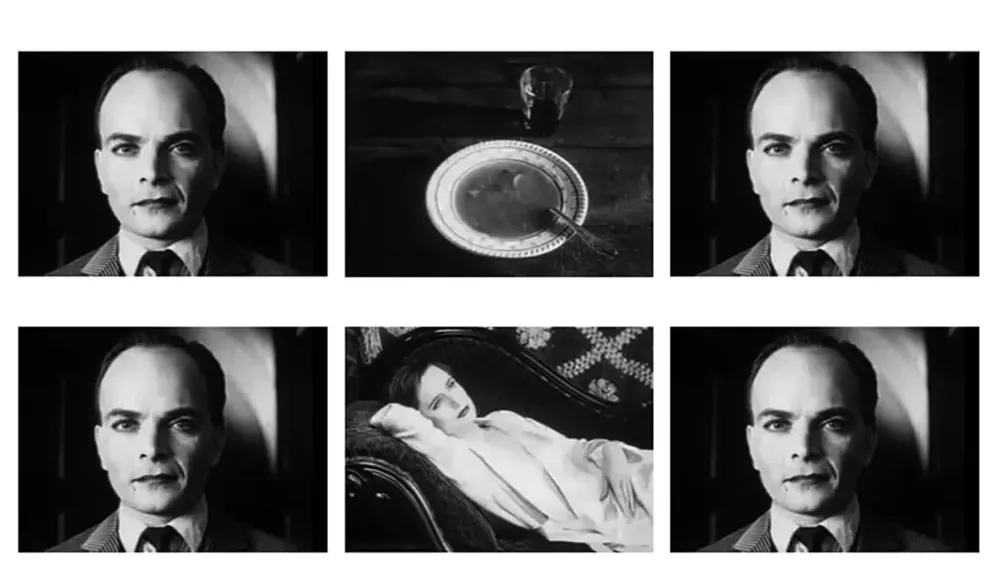Your cart is currently empty!
The Kuleshov Effect is a cornerstone concept in film theory, illustrating the immense psychological impact of film editing. This effect was first identified by Soviet filmmaker Lev Kuleshov in the early 20th century during his experiments with film montage. Kuleshov demonstrated that by juxtaposing unrelated shots, filmmakers could evoke complex emotions and meanings in the audience’s mind that weren’t inherently present in either of the shots when viewed in isolation. This discovery underscores the power of editing not just in assembling a film but in shaping the viewer’s emotional and cognitive experience.
Understanding the Kuleshov Effect
At its core, the Kuleshov Effect is about the relationship between two sequential shots and how their combination can generate a specific interpretation or emotional response from the audience. Kuleshov’s most famous experiment involved a shot of an actor with a neutral expression followed by various other shots (a bowl of soup, a child in a coffin, a woman on a divan). The same expression was interpreted differently depending on the second shot: hunger when paired with the soup, sorrow with the child, and desire with the woman. This effect reveals that meaning in film is often constructed not within a single shot, but in the space between shots, through the dynamic interaction of images.
Psychological Power
The psychological power of the Kuleshov Effect lies in its ability to exploit the viewer’s tendency to derive more meaning from the context created by sequential images than from the content of the images themselves. This principle is foundational in film editing and montage techniques, enabling filmmakers to craft narratives, evoke emotions, and convey complex ideas without explicit depiction.
Applications in Film
The Kuleshov Effect has been employed in countless films across all genres, from horror and suspense to drama and comedy. It’s a tool for manipulating the audience’s perception, allowing filmmakers to suggest connections, create tension, and develop characters without explicit narrative exposition. The effect is particularly powerful in silent films, where visual cues are paramount in storytelling, but it remains equally relevant in contemporary cinema and even in the editing of trailers and commercials.
Implications for Filmmakers
For filmmakers, understanding and utilizing the Kuleshov Effect is essential for effective storytelling. It highlights the importance of choosing the right shots to juxtapose and the order of those shots to guide the audience’s emotional and intellectual engagement with the film. It also encourages a more nuanced approach to performance, as the meaning of an actor’s expression can drastically change depending on the editing context.
Conclusion
The Kuleshov Effect is more than a historical footnote in film theory; it’s a living testament to the psychological intricacies of visual storytelling. By recognizing the power of juxtaposition and the role of the viewer’s mind in creating meaning, filmmakers can continue to explore the limitless possibilities of narrative construction and emotional engagement through the art of editing.

Leave a Reply